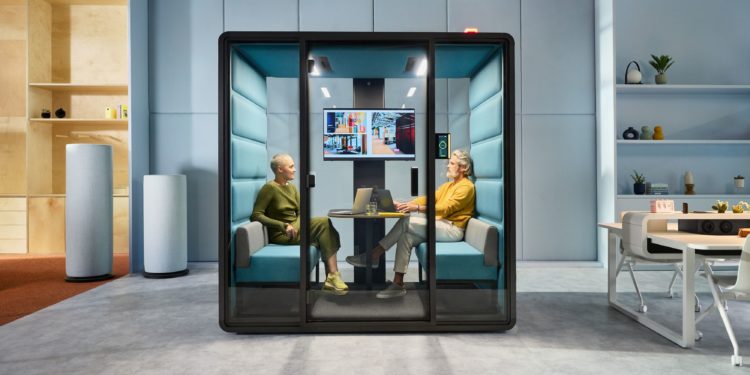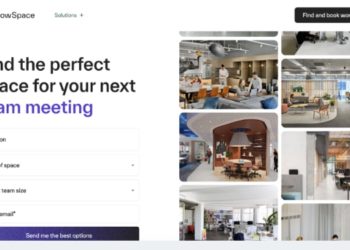The Great Resignation is a term often used in discussions on the changes taking place in the labour market. Due to the massive job quitting as a result of workers’ re-evaluation of their careers and the large changes in employment caused by the pandemic, companies have been forced to rethink their approach to human resource management. Given the new business landscape, businesses have to be proactive to effectively manage the risk associated with the Great Resignation. This article discusses the ways to help companies retain and attract qualified staff.
What is the Great Resignation?
The Great Resignation is a term that describes the mass job exodus that started in the spring of 2021, mostly in the United States. It is a trend where employees quit their job on a massive scale and sought to find a new one that offered better conditions, higher flexibility, or new professional challenges. This phenomenon grew more intense after the COVID-19 pandemic. Working from home and the lack of contact with others resulted in less of a sense of being a part of an organisation and weaker relationships between team members. This, in turn, caused many workers to re-evaluate their career and professional expectations. As a result, they often decided to change their job or career path.
What is the cause of the Great Resignation?
The reasons for the Great Resignation are complex and associated with the profound changes in employee engagement. In many cases, it was caused by the pandemic and switching to remote work. The main causes include the changing expectations and the re-evaluation of one’s career given the unstable situation worldwide. Many people seek more flexibility, including the possibility of remote or hybrid work, as well as a more humane approach on the part of their employers. The Great Resignation has been more common among members of the younger generations, which demanded more recognition and care by their organisations, and their dissatisfaction in these areas has often caused them to change jobs.
The Great Resignation is an important lesson for employers. How can the best workers be retained?
In the face of the Great Resignation, which increased employee turnover, organisation change their policies to retain and attract valuable talent. Flexible working hours, the ability to work remotely, and adaptation of the office space to the needs of the staff are what many companies do to increase employee engagement and satisfaction.
The importance of flexibility in the workplace and its impact on employee loyalty
In light of the Great Resignation, flexibility in the workplace has become a key element that improves staff loyalty. By giving their employees the freedom to choose the place and time they work, organisations can attract and retain talented people. Flexibility not only addresses people’s growing demand for work-life balance, but also helps build engagement and work satisfaction, which is necessary for today’s businesses.
Practices to support employees’ mental and physical health
Practices aimed at improving employees’ wellbeing should include creating proper conditions for organising the time and place flexibly. Adoption of a hybrid work model and adaptation of office spaces facilitate collaboration and contacts between those workers who choose office or remote work. Adding quiet and comfortable spaces, such as Hushoffice acoustic work pods, to the office helps people to focus on difficult tasks and make video calls without problems. The pods are equipped with all the functions needed to ensure seamless online connections, attenuate office noise, and ensure visual and speech privacy. Consequently, they enhance the confidentiality of intra-office meetings or commercial negotiations with customers. What is also important is that they promote physical activity and encourage taking regular breaks, which can help relieve the daily stress of work.
Can an appropriate office design reduce employee turnover?
Modern office arrangements that make it possible to choose the place for individual and team work are highly valued by workers, especially in light of the growing need for a work-life balance. Spaces such as mobile hushFree.S pods and hushSpot coworking tables, which address various needs and work styles, can enhance employee engagement and reduce their desire to quit their jobs. Young talented people in particular value places where they can work in ways that best suit their needs.
Spaces for collaboration and individual focus – new trends in office layout
The current office layout trends focus on creating spaces that enable both individual work in a quiet place and collaboration in comfortable conditions. Such solutions as the hushFree.L mobile pods enable quick reconfiguration of the space according to current needs. Office pods offer excellent acoustic parameters and privacy of conversations, and the continuous ventilation systems and adjustable lighting ensure better working conditions. As a result, offices become centres for effective collaboration, team building, and performance of conceptual tasks in a comfortable environment.













































































